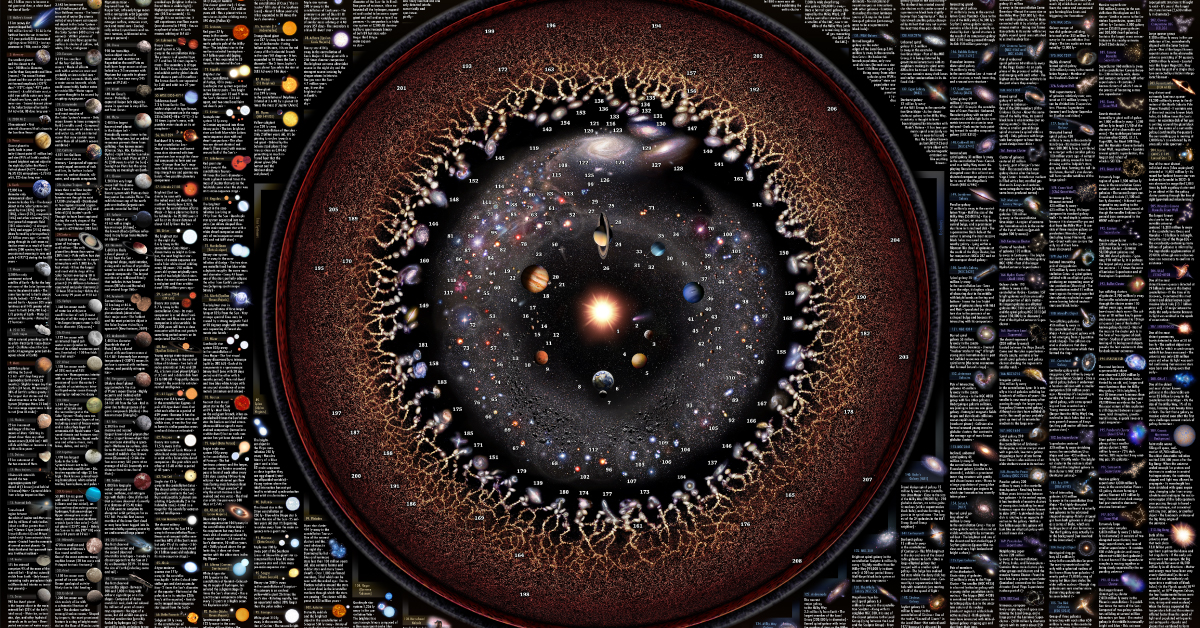Space Wars: The Private Sector Strikes Back
Government agencies such as NASA have been the brains behind space exploration for decades with much success. Such agencies put the first man in space, landed on the moon, and built the first reusable space vessel. However, since the private venture behind SpaceShipOne won the $10 million Ansari X Prize in 2004 for its series of manned flights, a new age of space exploration has begun. In fact, many companies in the private sector have started to achieve great milestones. Our infographic today, created by Visual Capitalist, documents the companies in space that are now vying for space supremacy. The Old Guard Rooted in the lucrative government space contracts of the past, the Old Guard consists primarily of defense and aerospace behemoths such as Boeing, Lockheed Martin, and Orbital Sciences. To put things in perspective, United Launch Alliance (ULA), a joint venture between Boeing and Lockheed formed in 2006, charges the US Air Force a $1 billion retainer just to be “ready” to launch a satellite into space. To actually launch a satellite is another $380 million more. Seeing this stagnant situation as a business opportunity were tech billionaires such as Jeff Bezos, Elon Musk, and Richard Branson, who have helped form The New Guard. The New Guard The price tag that is advertised for a launch of the Falcon 9 with SpaceX right now is $57 million. Compared to ULA prices above, this is a meaningful step in market disruption. It’s only the beginning. Companies like Planetary Resources and Deep Space Industries plan to harvest asteroids in space for water and metals such as PGMs (platinum group metals). Richard Branson’s Virgin Galactic plans to bring super rich tourists to experience space in coming years for $250,000 a pop. However, space isn’t for the faint of heart. Recent accidents in 2014 have made clear the elements of human and financial risk that space flight brings. In October, Orbital Sciences’ unmanned Antares rocket exploded over Virginia. A few days later, Virgin’s manned test flight of the SpaceShipTwo ended in calamity with one death and one serious injury to test pilots. These challenging realities are part of embarking to new frontiers. So far, such incidents and risks have not deterred companies from their endeavours yet. Which companies will succeed in their quests in this new industry? The truth is out there.
Other Infographics
on And while we haven’t figured out all the answers quite yet, we’ve made some remarkable discoveries when it comes to learning about outer space. What are some of the most notable observations that scientists have discovered so far? This map of outer space by Pablo Carlos Budassi highlights more than 200 celestial objects in our universe and provides details and facts about each one.
The Types of Celestial Objects Mapped
To create this graphic, Budassi used a combination of logarithmic astronomical maps from Princeton University, as well as images from NASA. The visualization highlights 216 different celestial objects that are color-coded and organized into five overarching categories:
Moons and Asteroids Planets Galaxies Star System Great Scales/Superclusters
At the center of the map is the Sun, which is the largest object in our Solar System. According to NASA, the Sun’s volume is equivalent to 1.3 million Earths. The Sun is the powerhouse of life here on Earth—its energy provides our planet with a mild, warm climate that keeps us alive, keeping the Earth from becoming a frozen rock. While the Sun is the only star in the Solar System, there is a neighboring star system called Alpha Centauri that’s approximately 4.37 light-years away. It’s made up of three stars—Proxima Centauri, Alpha Centauri A, and Alpha Centauri B. Proxima Centauri, as the Latin name indicates, is the closest of the three to Earth and has an Earth-sized planet in its habitable zone.
The Life of a Star
In a star’s early stages, it’s powered by hydrogen. However, when its hydrogen stores are depleted, some stars are able to fuse helium or even heavier elements. Stars similar to the size of the Sun will grow, cool down, and eventually transform into a red giant. The Sun has about 5,000 million more years before it reaches its red giant stage, but when that happens, it will likely expand to the point where it swallows up the Earth. While stars emit energy for years, it’s important to note that they don’t shine for eternity. Their exact life span depends on their size, with bigger stars burning out faster than their smaller counterparts. But as light from distant objects millions of light-years away takes a long time to reach us here on Earth, the largest of stars shine for hundreds of millions of years after they die.
Just How Big is Our Universe?
Some experts believe that the universe is infinite, while others argue that we can’t yet know for certain because current measurements aren’t accurate enough. However, scientists believe that our observable universe extends about 46 billion light-years in every direction, giving it a diameter of roughly 93 billion light-years. But just how much of the universe extends beyond what we can see? We may never find out.
















